Pantone Paint Sample
Your Ultimate Guide to Getting the Perfect Pantone Paint Sample
Have you ever fallen in love with a color, perhaps seen on a billboard or a fashion piece, only to realize that getting that exact shade mixed into house paint feels impossible? You're not alone! Achieving color perfection often means turning to the gold standard in color communication: Pantone.
But transferring a precise Pantone color—which is inherently an ink standard—into a perfectly matched wall paint can be tricky. This article is your comprehensive guide to understanding, converting, and successfully obtaining that elusive Pantone Paint Sample you've been dreaming of. Let's dive into the colorful details!
We'll cover everything from the core differences between ink and paint to the best tools available for ensuring a flawless color transition from screen or swatch to your living room wall.
Decoding the Pantone System: More Than Just Colors
Before we talk about paint samples, we must first appreciate what Pantone actually is. The Pantone Matching System (PMS) is essentially the universal dictionary for color. It ensures that when someone in London specifies "Pantone 18-3838 Ultra Violet," a printer in Tokyo knows exactly what that means.
However, Pantone was originally designed for the printing industry. This means the colors are standardized based on ink formulas applied to paper. This crucial distinction is why getting a precise Pantone Paint Sample requires careful conversion, as paint uses pigments, binders, and different bases.
Understanding the PMS (Pantone Matching System)
The system utilizes unique numerical codes that specify an exact shade. When looking at a Pantone swatch, you'll often see suffixes like 'C' for Coated (glossy paper) or 'U' for Uncoated (matte paper). These variables affect the color appearance, even before paint enters the picture.
For architectural and interior design, Pantone often offers specific lines like their Fashion, Home + Interiors (FHI) system, which relates more closely to materials and pigments. Nonetheless, your local paint store will still need to cross-reference this code against their specific tinting database.
Digital vs. Physical Swatches
Never rely solely on a color you see on a monitor. Computer screens display colors in RGB (Red, Green, Blue), which is an additive light model. Pantone colors, like physical paint, use a subtractive color model (CMYK or pigments).
To ensure accuracy, always reference a physical Pantone Formula Guide or a reliable color deck. This physical standard is the only true way to confirm the hue before seeking your custom paint sample.
How to Convert Pantone to a Paint Formula
The biggest hurdle in getting a perfect Pantone Paint Sample is the conversion itself. No major paint manufacturer (like Sherwin-Williams, Benjamin Moore, or Farrow & Ball) typically produces paint using the exact Pantone ink formula. They rely on their proprietary pigment bases.
This is where specialized conversion tools and the expertise of your paint mixer become vital. The process involves finding the closest possible match within the paint company's existing database.
The Conversion Challenge and Solutions
Because paint uses pigments that react differently to light and surface texture than ink, a direct conversion often results in a subtle shift in color. Furthermore, some highly saturated, neon, or metallic Pantone shades simply cannot be perfectly replicated with standard architectural paint pigments.
The solution is approximation, backed by technology. High-quality paint stores use sophisticated color measurement instruments, often called spectrophotometers, to scan a physical Pantone swatch.
Tools and Apps for Cross-Referencing
While you can use online conversion charts, these are often generic and unreliable. The best tools are those used in the store:
- Spectrophotometer: This device measures the light reflectance properties of your Pantone swatch and translates those values into the nearest equivalent formula within their paint database. This is the most accurate method available.
- Proprietary Paint Company Databases: Many large paint retailers maintain extensive databases that cross-reference thousands of colors, including popular Pantone shades, to their specific product lines (e.g., specific bases and sheen levels).
- Colorimeter Apps (for preliminary checks): Apps like Pantone Connect can give you rough RGB or HEX values, but these should only be used for inspiration, not for final color mixing.
When you go to the store, ensure the employee uses the spectrophotometer on your physical swatch rather than just typing in the code from a generic chart. This minimizes human error and guarantees the most faithful representation of your desired Pantone Paint Sample.
The Process: Getting Your Custom Pantone Paint Sample
Ready to get your hands on that perfectly matched shade? Following these steps will streamline the process and increase your chances of color success.
- Identify Your Exact Pantone Code: Confirm the code (e.g., 7401 C) using a physical Pantone book under natural daylight. Note down the full code, including any suffix (C, U, FHI).
- Choose Your Paint Brand: Select a high-quality paint brand known for accurate color matching, as their pigment bases are generally purer and easier to match precisely.
- Visit a Specialized Dealer: Go to a dedicated paint store, not a general hardware store. Dedicated stores usually have the best color-matching technology (spectrophotometers) and experienced staff.
- Request a Match: Present your physical Pantone swatch and explicitly ask for a custom match, specifying the required finish (sheen) and the type of base paint (interior/exterior).
- Mix the Sample: Ask them to mix a small sample container (usually a quart or a pint). Do not buy the full gallon yet!
- Verify the Sample: Immediately check the wet sample against your Pantone swatch under various lighting conditions (natural light is best).
Remember that the final Pantone Paint Sample must be tested on your actual wall surface. Paint color shifts dramatically depending on lighting and surrounding textures in your specific environment.
Common Pitfalls to Avoid
If you encounter challenges, it's likely due to one of these common mistakes. Being aware of these will save you time and money.
One major mistake is assuming that one paint company's match will be identical to another's. Paint bases differ significantly, so if you successfully match Pantone 347 C at Brand A, the formula for Brand B will be completely different.
Another pitfall is trying to match a translucent or highly metallic Pantone color. These colors often rely on optical properties that cannot be replicated in a standard matte wall paint. Be prepared for slight compromises with these complex shades.
Conclusion: Achieving Perfect Color Harmony
Obtaining the ideal Pantone Paint Sample is an exercise in precision and patience. While Pantone provides the global standard for color identification, converting those precise ink formulas into durable, pigmented wall paint requires sophisticated technology and careful cross-referencing.
By using physical swatches, insisting on spectrophotometer scanning, and thoroughly testing the small sample on your intended surface, you significantly increase the likelihood of achieving color perfection. Don't settle for "close enough"—with the right approach, your Pantone dreams can become a reality on your walls!
Frequently Asked Questions About Pantone Paint Samples
- Can I truly get an exact match for any Pantone color?
- Due to the difference between ink (Pantone's standard) and paint pigments, an exact 100% match is technically impossible for every single shade. However, high-end paint stores using spectrophotometers can achieve a match that is visually indistinguishable to the human eye for most standard colors.
- Is it more expensive to mix a custom Pantone Paint Sample?
- The cost of the custom color matching service itself is usually minimal or included in the price of the sample (quart/pint). You are paying for the base paint and the time/expertise required for the precise mixing process.
- Should I use the Pantone CMYK or RGB value for conversion?
- No. Always use the physical Pantone code and the physical swatch (e.g., Pantone 17-5104 TCX). Digital color values like CMYK or RGB are approximations and should not be used for professional paint mixing, as they lead to inaccurate results.
- How long do I need to test the paint sample before committing to a full gallon?
- You should test the Pantone Paint Sample for at least 48 hours. This allows you to observe the color at different times of the day, under both natural and artificial lighting conditions, ensuring the color harmony meets your expectations.
Pantone Paint Sample
Pantone Paint Sample Wallpapers
Collection of pantone paint sample wallpapers for your desktop and mobile devices.

Detailed Pantone Paint Sample Landscape for Mobile
Discover an amazing pantone paint sample background image, ideal for personalizing your devices with vibrant colors and intricate designs.

Vivid Pantone Paint Sample Scene Photography
Transform your screen with this vivid pantone paint sample artwork, a true masterpiece of digital design.
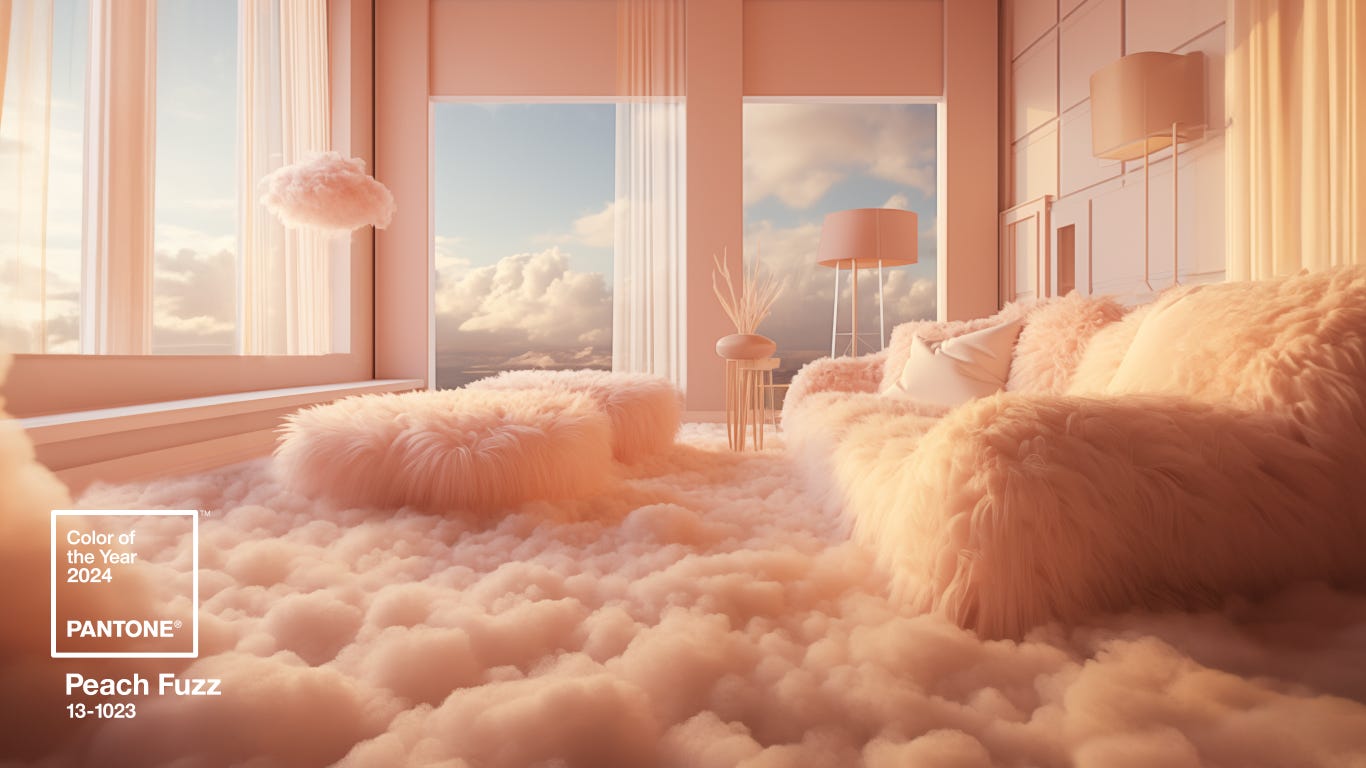
Spectacular Pantone Paint Sample Design for Your Screen
A captivating pantone paint sample scene that brings tranquility and beauty to any device.

Gorgeous Pantone Paint Sample Wallpaper for Desktop
This gorgeous pantone paint sample photo offers a breathtaking view, making it a perfect choice for your next wallpaper.

Stunning Pantone Paint Sample Scene in 4K
A captivating pantone paint sample scene that brings tranquility and beauty to any device.

Spectacular Pantone Paint Sample Photo Art
This gorgeous pantone paint sample photo offers a breathtaking view, making it a perfect choice for your next wallpaper.
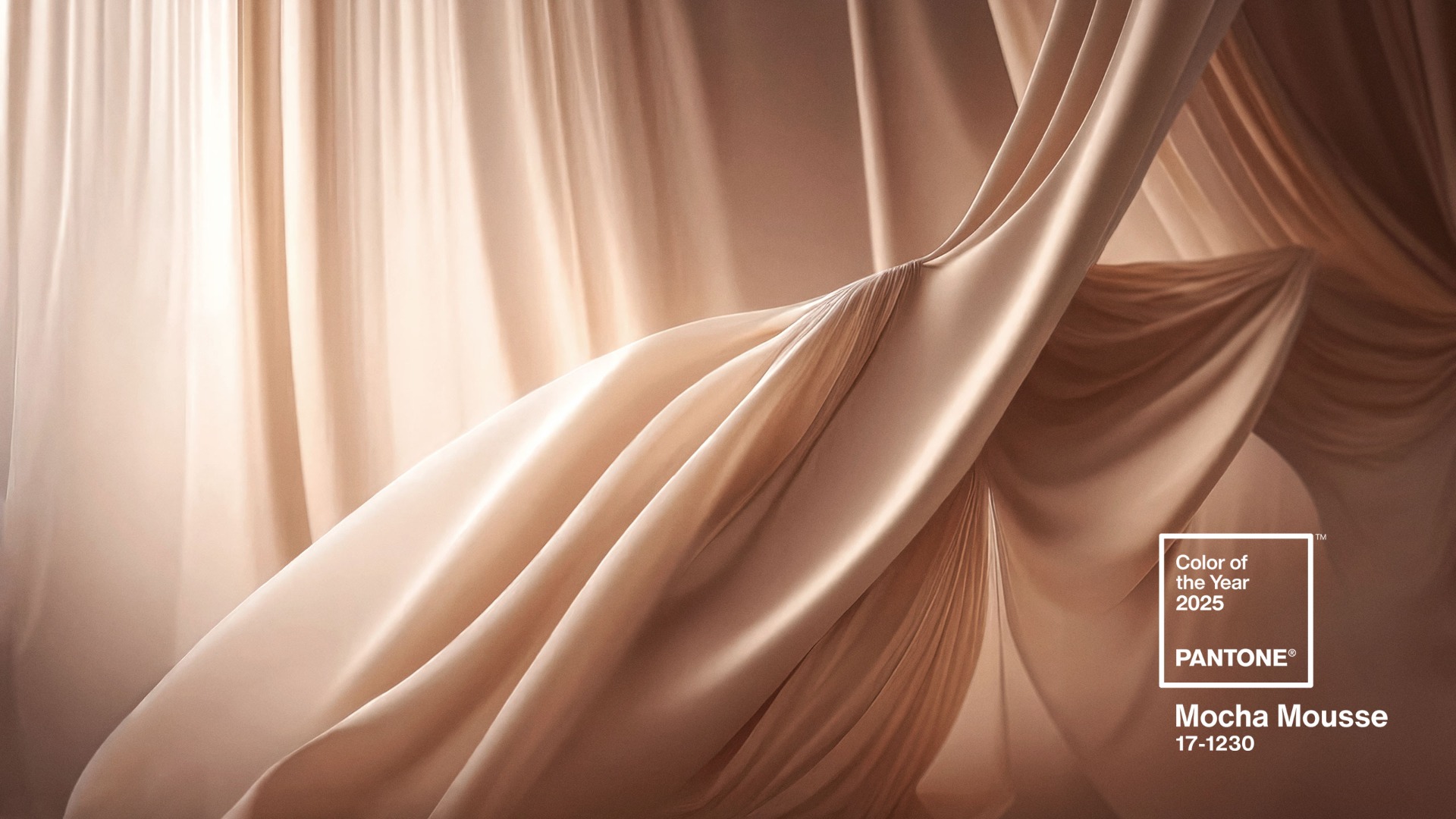
Breathtaking Pantone Paint Sample Design Art
Discover an amazing pantone paint sample background image, ideal for personalizing your devices with vibrant colors and intricate designs.

Detailed Pantone Paint Sample View Art
Explore this high-quality pantone paint sample image, perfect for enhancing your desktop or mobile wallpaper.

Beautiful Pantone Paint Sample Image Concept
Transform your screen with this vivid pantone paint sample artwork, a true masterpiece of digital design.

Exquisite Pantone Paint Sample Photo Photography
Find inspiration with this unique pantone paint sample illustration, crafted to provide a fresh look for your background.

Amazing Pantone Paint Sample Abstract Digital Art
Experience the crisp clarity of this stunning pantone paint sample image, available in high resolution for all your screens.

Mesmerizing Pantone Paint Sample Abstract Art
Experience the crisp clarity of this stunning pantone paint sample image, available in high resolution for all your screens.

Amazing Pantone Paint Sample Design in 4K
Transform your screen with this vivid pantone paint sample artwork, a true masterpiece of digital design.
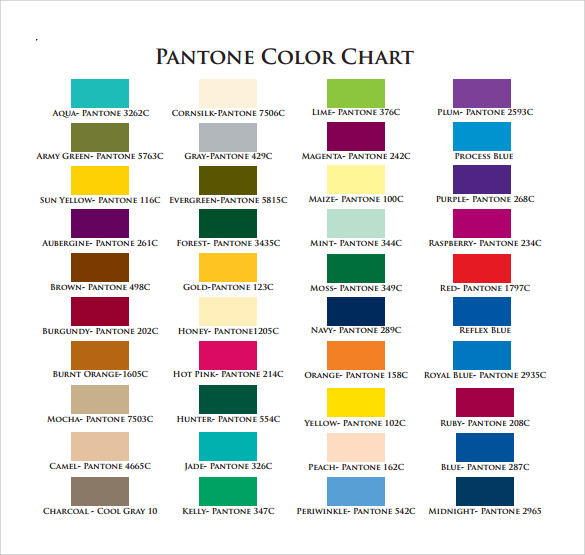
Crisp Pantone Paint Sample Background Digital Art
A captivating pantone paint sample scene that brings tranquility and beauty to any device.

Breathtaking Pantone Paint Sample Wallpaper Illustration
Experience the crisp clarity of this stunning pantone paint sample image, available in high resolution for all your screens.

Stunning Pantone Paint Sample View in HD
Find inspiration with this unique pantone paint sample illustration, crafted to provide a fresh look for your background.

Dynamic Pantone Paint Sample Moment Concept
A captivating pantone paint sample scene that brings tranquility and beauty to any device.
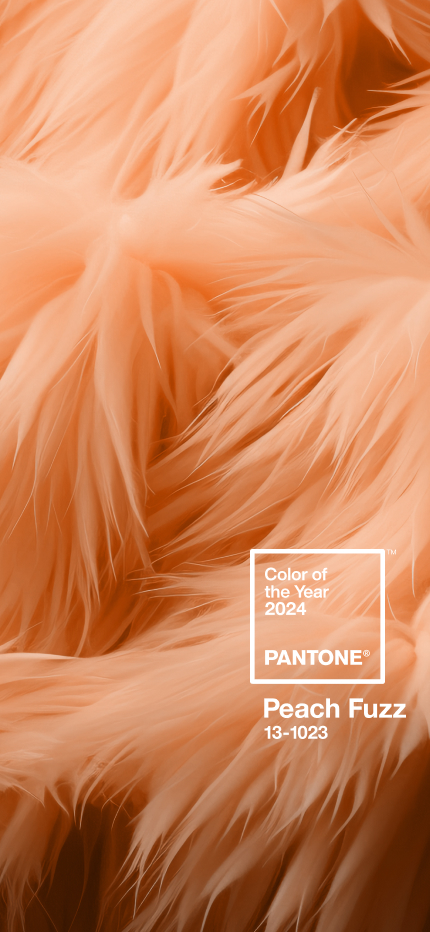
Spectacular Pantone Paint Sample Capture for Your Screen
Immerse yourself in the stunning details of this beautiful pantone paint sample wallpaper, designed for a captivating visual experience.
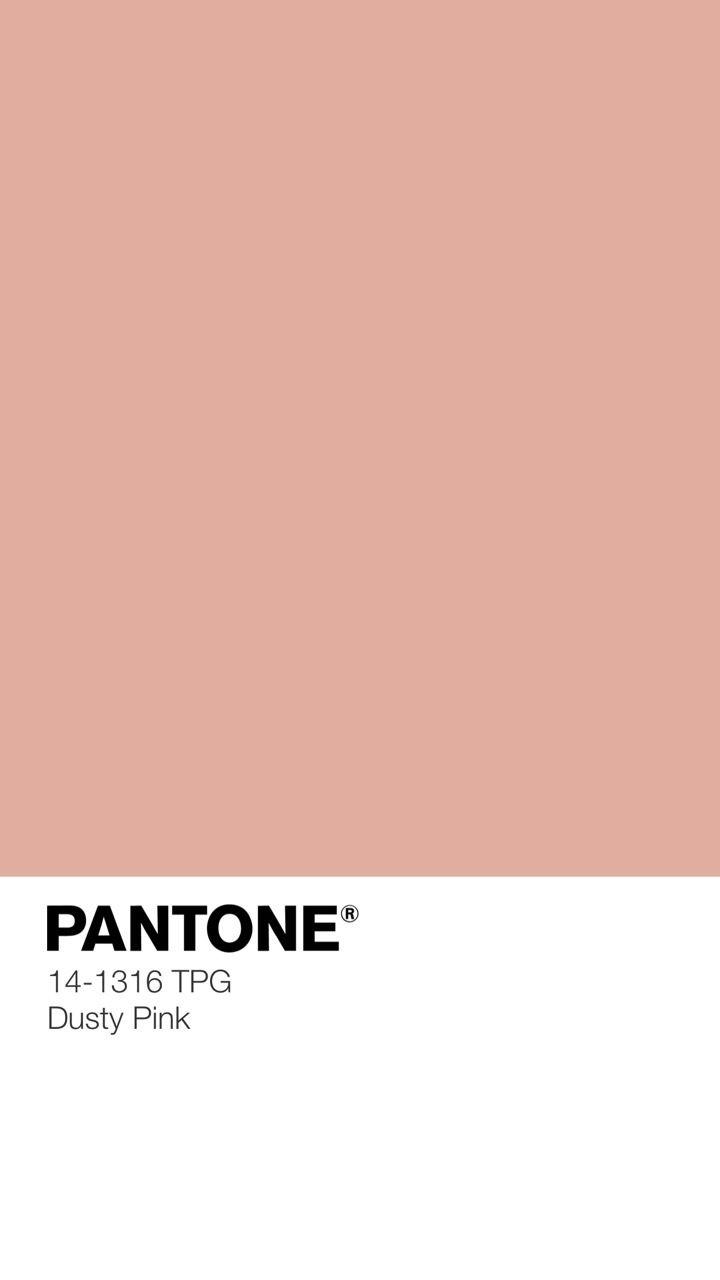
High-Quality Pantone Paint Sample Moment for Desktop
Transform your screen with this vivid pantone paint sample artwork, a true masterpiece of digital design.

Amazing Pantone Paint Sample Picture Collection
Transform your screen with this vivid pantone paint sample artwork, a true masterpiece of digital design.
Download these pantone paint sample wallpapers for free and use them on your desktop or mobile devices.